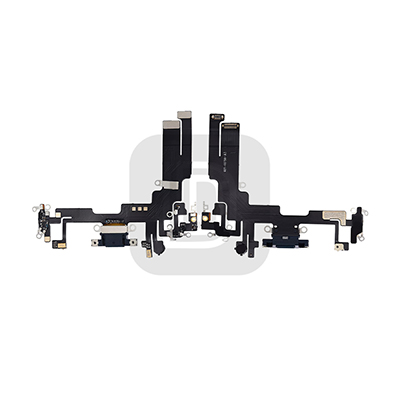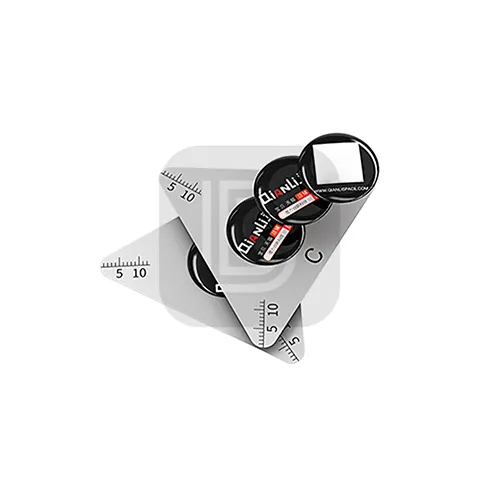Learn how to get the most out of the Super Retina Display or Super Retina XDR Display on iPhone.

Super Retina Display on iPhone X, iPhone XS, and iPhone Designed to meet our extremely demanding standards.
We believe these two displays are the best OLED displays ever used on smartphones, offering incredible color accuracy.
Super Retina and Super Retina XDR displays feature stunning contrast ratios,
as well as outstanding brightness and a cinematic wide color gamut. This, combined with excellent system color management technology,
allows colors to be precisely calibrated for a great viewing experience.
High dynamic range
Super Retina and Super Retina XDR displays also feature high dynamic range (HDR), capable of displaying a wide range of light and dark areas in photos and videos.
This allows the screen to clearly display areas of deep black and bright white, while preserving subtle differences between areas.
Photos will look more vivid and everything will look more stunning than ever when viewed in Dolby Vision, HDR10 or HLG formats.

OLED technology
Super Retina and Super Retina XDR displays use organic light-emitting diode (OLED) technology. Super Retina and Super Retina XDR displays
include additional improvements over traditional OLED displays for an incredible viewing experience and are the first OLED screens to meet iPhone design standards.
OLED technology offers stunningly high contrast and high resolution. In addition, OLED does not have a backlight component,
but each pixel emits its own light, so the display becomes thinner. Super Retina and Super Retina XDR displays overcome the challenges
of traditional OLED displays with ultra-high brightness, wide color support and unparalleled color accuracy.
When viewing an OLED display from an oblique angle, you may notice slight changes in color and chroma.
If you reduce the display brightness level on a black background, you may notice a slight blur or color change as you scroll.
These are characteristics of OLED and are normal phenomena. OLED displays may also show slight visual changes over long-term use.
This is also a normal phenomenon, which may include “image burn-in” or “screen burn”, in which a blurry afterimage of the previous image remains on the screen even
if a new image appears on the display . Image retention is temporary and will disappear after a few minutes of normal use.
Screen burn-in can also occur in more extreme cases, such as when the same high-contrast image is displayed continuously for an extended period of time.
Our Super Retina and Super Retina XDR displays are engineered to mitigate the effects of OLED burn-in and are the first in the industry.
A special algorithm monitors the usage of individual pixels to generate display calibration data. iPhone uses this data to automatically
adjust the brightness of each pixel as needed to reduce the visual impact of screen burn and maintain a consistent viewing experience.
The automatic brightness adjustment function can further reduce the impact of screen burn and image persistence.
Additionally, all displays, including OLED and LCD, may suffer from reduced brightness as the display ages. This can happen with any consumer electronics product.
Get the most out of Super Retina and Super Retina XDR displays
When equipped with the latest version of iOS, iPhone is designed to minimize the impact of long-term use and extend the life of Super
Retina and Super Retina XDR displays. Here are some additional steps you can take to get the most out of Super Retina and Super Retina XDR displays:
Update your iPhone to the latest version of iOS. When a new update is released, you will see an update prompt. You can also check for updates in Settings > General > Software Updates.
Use the auto-brightness feature to automatically adjust the brightness of your display based on the ambient light in your location. By default,
this setting is enabled. To view this setting, go to Settings > Accessibility > Display & text size, then scroll down and turn on Auto-Brightness.
Set up your iPhone to turn off its display when not in use. It is recommended that you choose a shorter time. To adjust this setting, go to Settings > Display & Brightness > Auto-Lock.
Avoid displaying static images at maximum brightness for extended periods of time. If an app keeps the display on when you’re not using your iPhone,
you can use Control Center to temporarily lower the brightness.
















